Video of the Week:
Tips on Applying Mulch
Ornamentals:
Anthracnose on Sycamore
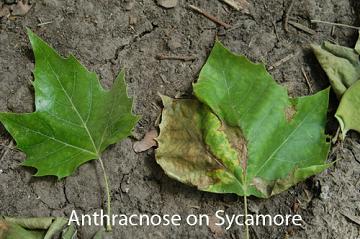
In severe cases, the tree drops heavily infected leaves and may be completely defoliated. Healthy trees will leaf out again in a few weeks. Defoliation this early in the year does not affect overall tree health. Trees have plenty of time to produce new leaves and make the energy reserves needed to survive the winter.
Other types of trees that are affected by anthracnose include birch, elm, walnut, oak and especially ash. Anthracnose seldom causes significant damage to trees in Kansas, so chemical controls are usually unnecessary. Also, fungicides do not cure infected leaves. Applying fungicides now is not recommended. (Ward Upham)
Vegetables:
"Staggering" Sweet Corn Plantings
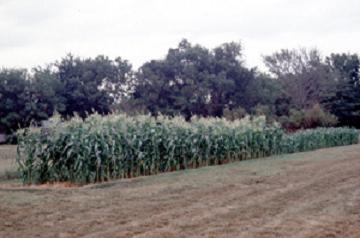
Fruit:
Thinning Excess Fruit
The second benefit of thinning is to promote larger fruit on this year’s crop. Fruit trees are limited in how many fruit they can mature. Too many fruit and fruit size goes down.
A third problem often caused by too many fruit is limb damage. Sometimes the weight of a maturing fruit crop can literally break branches. Thinning will help limit weight and preserve branches.
So how much thinning should we do? Thinning recommendations vary with the type of tree. Guidelines for fruit spacing are as follows:
Apples and pears: 4 to 6 inches apart;
Peaches: 6 to 8 inches apart;
Plums and prunes: 4 to 5 inches apart;
Apricots: 2 to 4 inches between fruit.
These are averages and so you may have several fruit clustered closer than this distance. As long as the average on the branch is close to the recommended spacing, the fruit should size well. Cherries are not thinned and can produce a full fruit load. (Ward Upham)
Pests:
Cabbage Worm
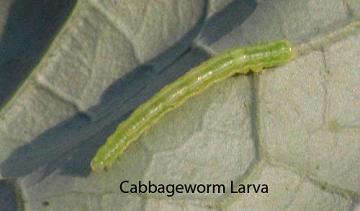
Cucumber Beetles and Bacterial Wilt
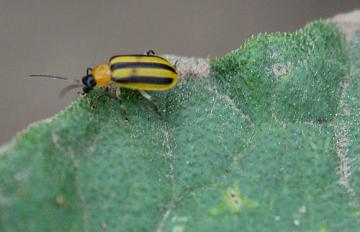
Homeowners can use permethrin (numerous trade names). Once plants have started flowering, spray in the evening after bees have returned to the hive. Check labels for waiting periods between when you spray and when the fruit can be picked. (Ward Upham)
17-Year Cicadas: 2015 is the Year
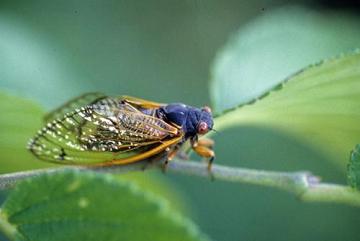
With their distinctive appearance (black body, blood-red beady eyes and orange-veined clear/transparent wings), there can be no mistaking periodical cicadas for any other insect.
Whereas there is a tendency to lump/consider periodical cicadas as “one,” there actually are three separate species of 17- year periodical cicadas. Only Magicicada cassinii and M. septendecim have been officially documented as occurring in Kansas. Of the 4,437 periodicals that I collected from 37 counties in 1998, 98.7% were cassinii.
Without seeing an actual specimen, one can discern whether cassinii or septendecim is present. That is, the call produced by cassinii is a continuous or somewhat high-pitched buzzing possibly with come ticks interspersed, while the call of septendecim is a more hollow “weeeee whoa weeeee whoa ………..” (sometimes people say it sounds like “pharaoh …….)” Only males are capable of calling/chorusing —- the purpose being to attract females for mating purposes.
Probably the main complaints lodged by people against periodical cicadas have to do with the appearance of emergence holes in the ground, occasionally mud turrets produced by nymphs prior to their emergence, large number of nymphal exuvia (“skins”) from which adult cicadas emerged, and the noise created by the clusters of congregated males
Also, the egglaying activities can kill tips of branches, thus causing the appearance of dead branch tips which is but an aesthetical brief and inconsequential event.
All this being said, the 2015 emergence of Brood IV periodical cicadas (which includes portions of Iowa, Nebraska, Missouri and Oklahoma) was initiated in 1998 when 1st instar nymphs hatched, dropped to the ground and burrowed in. During the past 16 years, they fed by inserting their piercing, sucking mouthparts into the xylem tissues of tree and woody shrub hosts. The now fully-developed 5th instar nymphs currently are waiting for soil temperatures to reach the proper temperature (cited to be 64 degrees F) which signals them that the time has come that they should emerge from their underground habitat. After emerging, the skin down its back will split, and a “new adult” will emerge. Initially it will be white and soft. Over the next several hours, it will darken and take on its characteristic coloration. However, the exoskeleton will still be soft. An additional 4-5 days will be required for the exoskeleton to harden. It is at this point that cicadas will take flight, males will call, females will respond and and mating will occur.
The female then will use her serrated ovipositor to slice into and create cavities in twigs into which she will insert up to 20 eggs. She will repeat this activity as many times as is required for her to deposit her full complement of eggs which may total up to 600. Six to 10 weeks later (a time at which all of the periodical cicadas will have died), the newly hatched nymphs drop to the soil burrow into the ground, feed for 16 years and reappear/emerge in 2032! (Bob Bauernfeind)
Editor’s Note: A larger article with more images can be found at: http://blogs.k-state.edu/kansasbugs/2015/05/01/easy-math-2015-minus-1998-17/
Bob would appreciate receiving any reports of periodical cicada activities that you encounter —— Phone: 785-539-7510; e-mail: rbauernf@ksu.edu. Of special interest would be reports from Morris, Republic, McPherson and Harvey counties.
Miscellaneous:
Moving Houseplants Outside for the Summer
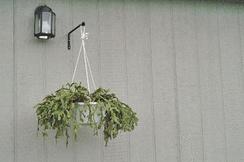
If you have a number of plants, dig a trench 6 to 8 inches deep (or deeper if you have larger pots) and long enough to accommodate all of your plants without crowding. Place peat moss under and around the pots. Peat moss holds water, helps keep the pots cool and reduces evaporation from clay pots. About every two weeks, rotate the pots a quarter turn to break off any roots that have penetrated the peat moss surrounding the pot and to equalize the light received on all sides of the pot. Water as needed. If the potting soil is dry a half-inch deep in the pot, it is time to water. (Ward Upham)
Contributors: Bob Bauernfeind, Entomologist; Ward Upham, Extension Associate
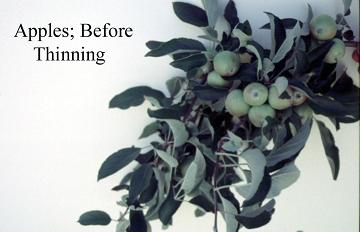
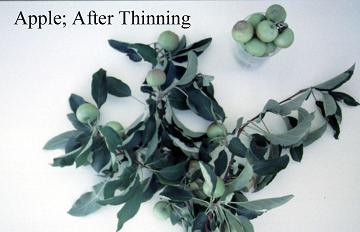
 RSS Feed
RSS Feed
